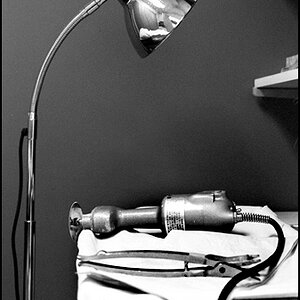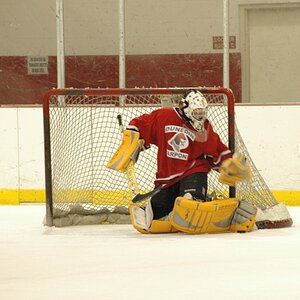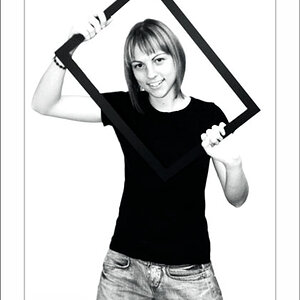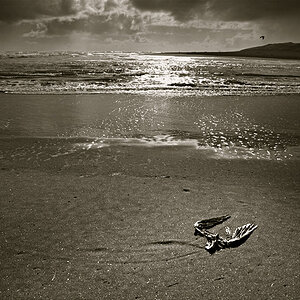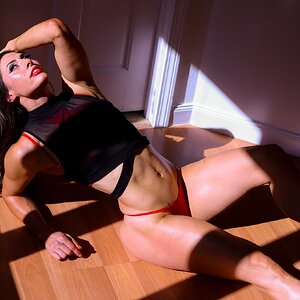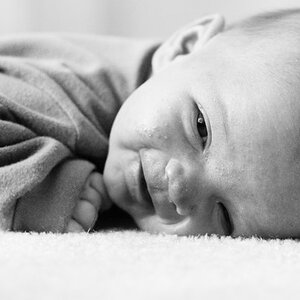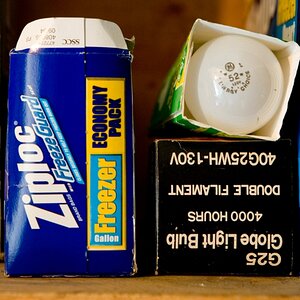Village Idiot
No longer a newbie, moving up!
- Joined
- Mar 20, 2008
- Messages
- 7,269
- Reaction score
- 406
- Location
- Shepherdsturd, WV / Almost, MD
- Can others edit my Photos
- Photos NOT OK to edit
http://www.ritzcamera.com/product/5...3;cidigital-cameras-and-accessories;ciflashes i was looking at that for a beginer and possibly a slave
Keep in mind the GN on that flash is 60'. The XTI's pop up is 43' and something like a cheap Sunpak 383 is 120'. The sunpaks are $80 new though and a lot more than that quantaray.



![[No title]](/data/xfmg/thumbnail/37/37660-eb4529b6ea38a042c4e9b64866178d7b.jpg?1619738174)
